Shiro Villa, a Skilful Use of Overhang by Kengo Kuma
This monumental residence combines large windows and balconies to fill the inside with light and make it feel like the outdoors.
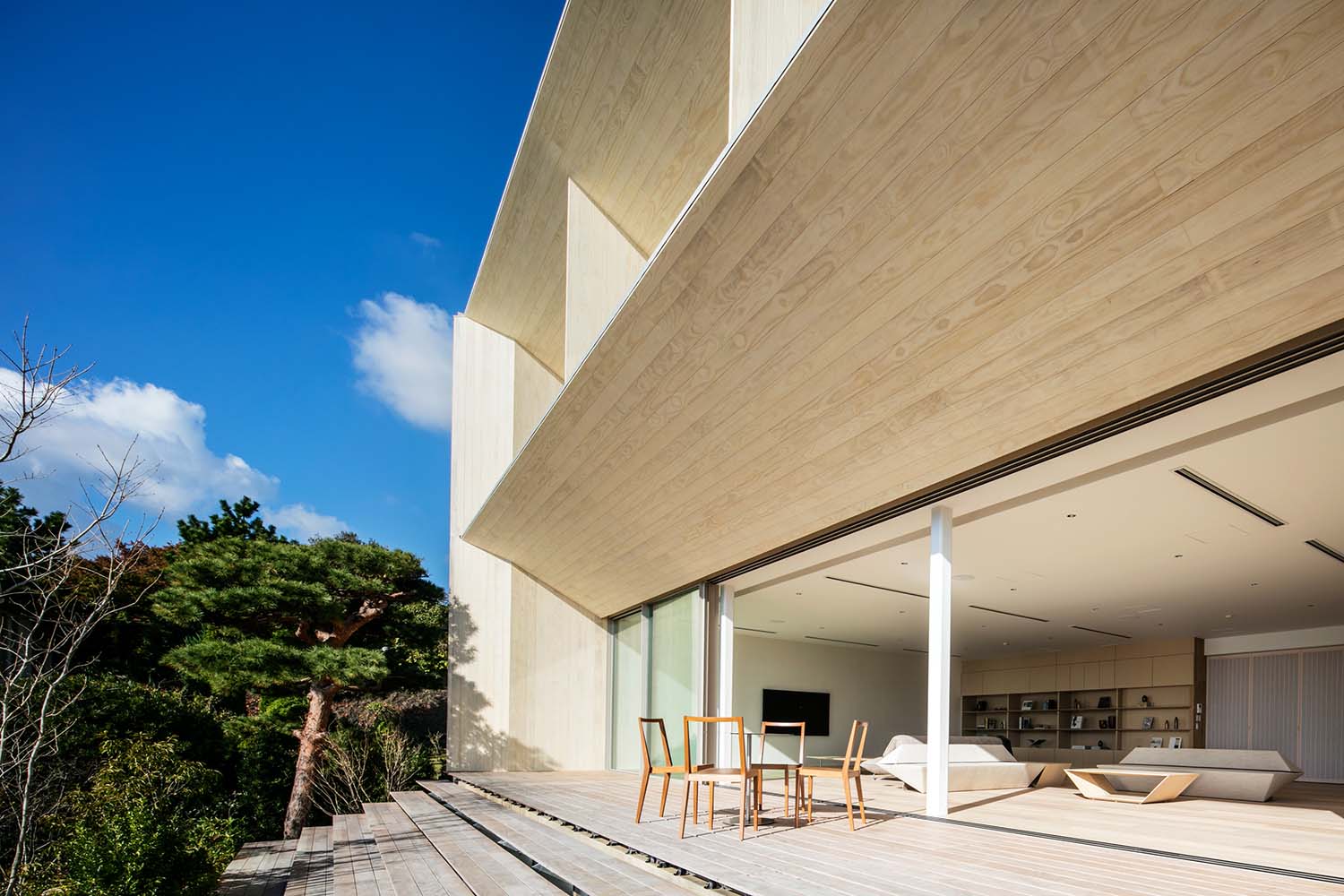
© Photography by Kawasumi・Kobayashi Kenji Photograph Office
With its minimal, natural colour palette, Shiro Villa perpetuates the hallmark of architect Kengo Kuma, whose work is known well beyond Japanese borders. He attributes great importance to harmony between architecture and the environment in each of his creations. Here, wood is one of the key elements.
Architectural firm Kengo Kuma & Associates is known for its desire to reinvent traditional Japanese architecture by using primarily local materials. Their constructions emphasise the necessary harmony between nature and architecture and feature different species of wood like oak, larch, and cedar that are among the firm’s favourite materials.
Glass and wood take pride of place
This residence is comprised of two buildings: the main house and a bathing pavilion, both nestled in the heart of the garden. The main building, with walls that combine bright white and textured wood panels, is bathed in light thanks to skilful use of overhang. Inside, wood and glass coexist with sensitivity: wood covers the majority of the walls and large glass panels mark out the different spaces and water points, creating a gentle transition between the interior and the garden. The villa also has its own onsen, a bath supplied by a hot spring in a dedicated building reminiscent of a tea room with its low height, sloping roof, and large picture windows that allow the poetry of the Japanese garden to spread to the inside.
Villa Shiro (2018), a creation by Kengo Kuma & Associates, can be viewed on their website.

© Photography by Kawasumi・Kobayashi Kenji Photograph Office
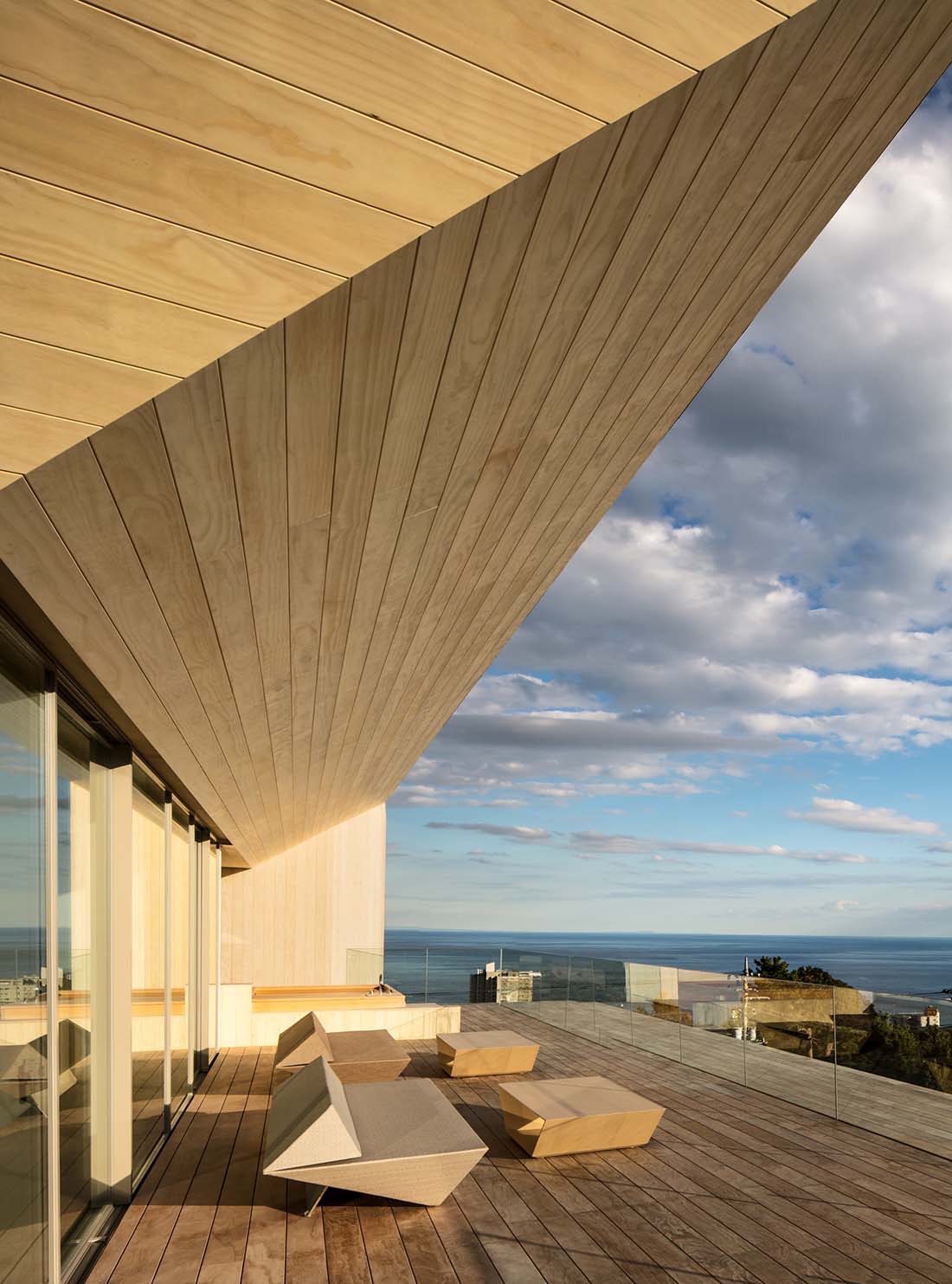
© Photography by Kawasumi・Kobayashi Kenji Photograph Office
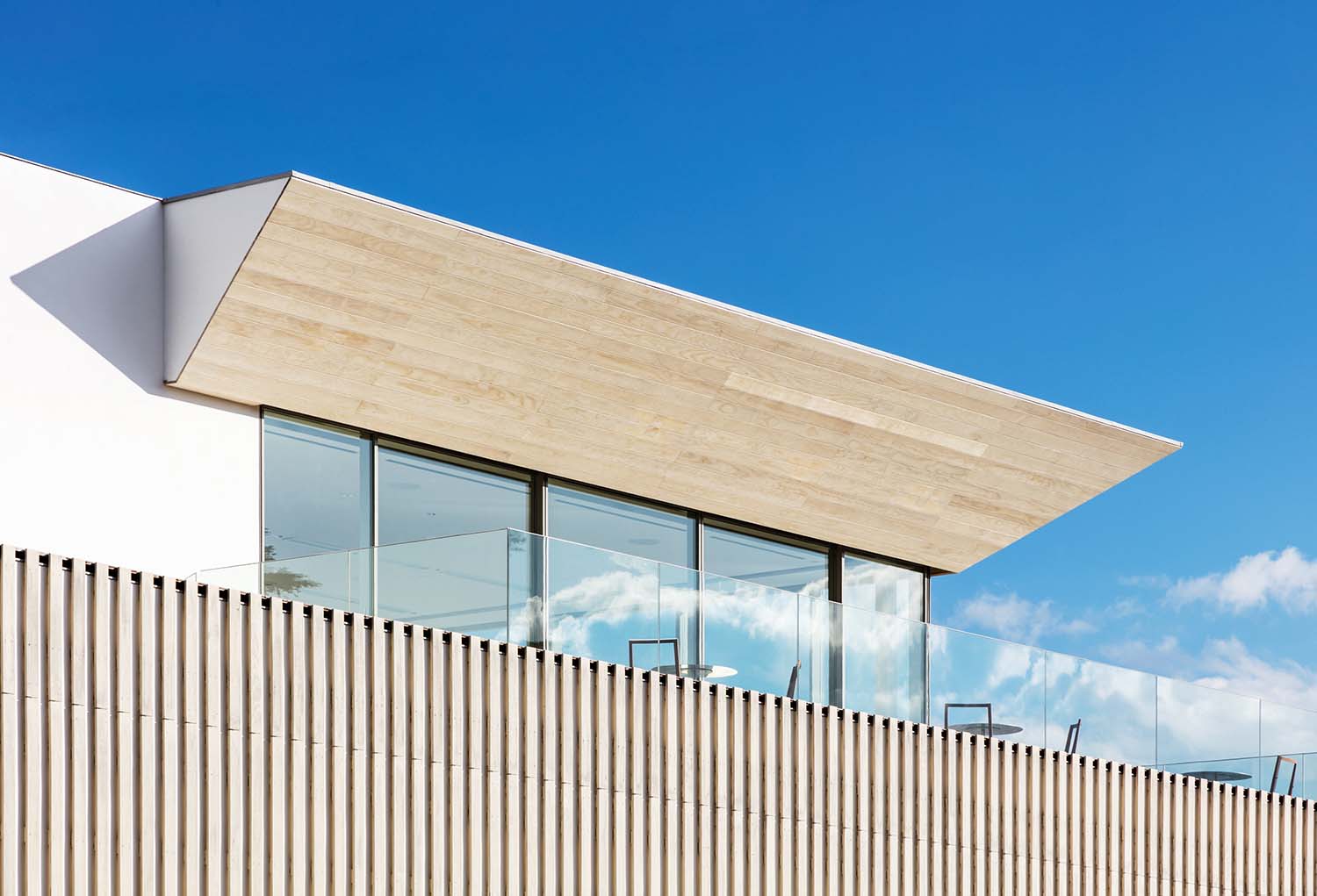
© Photography by Kawasumi・Kobayashi Kenji Photograph Office
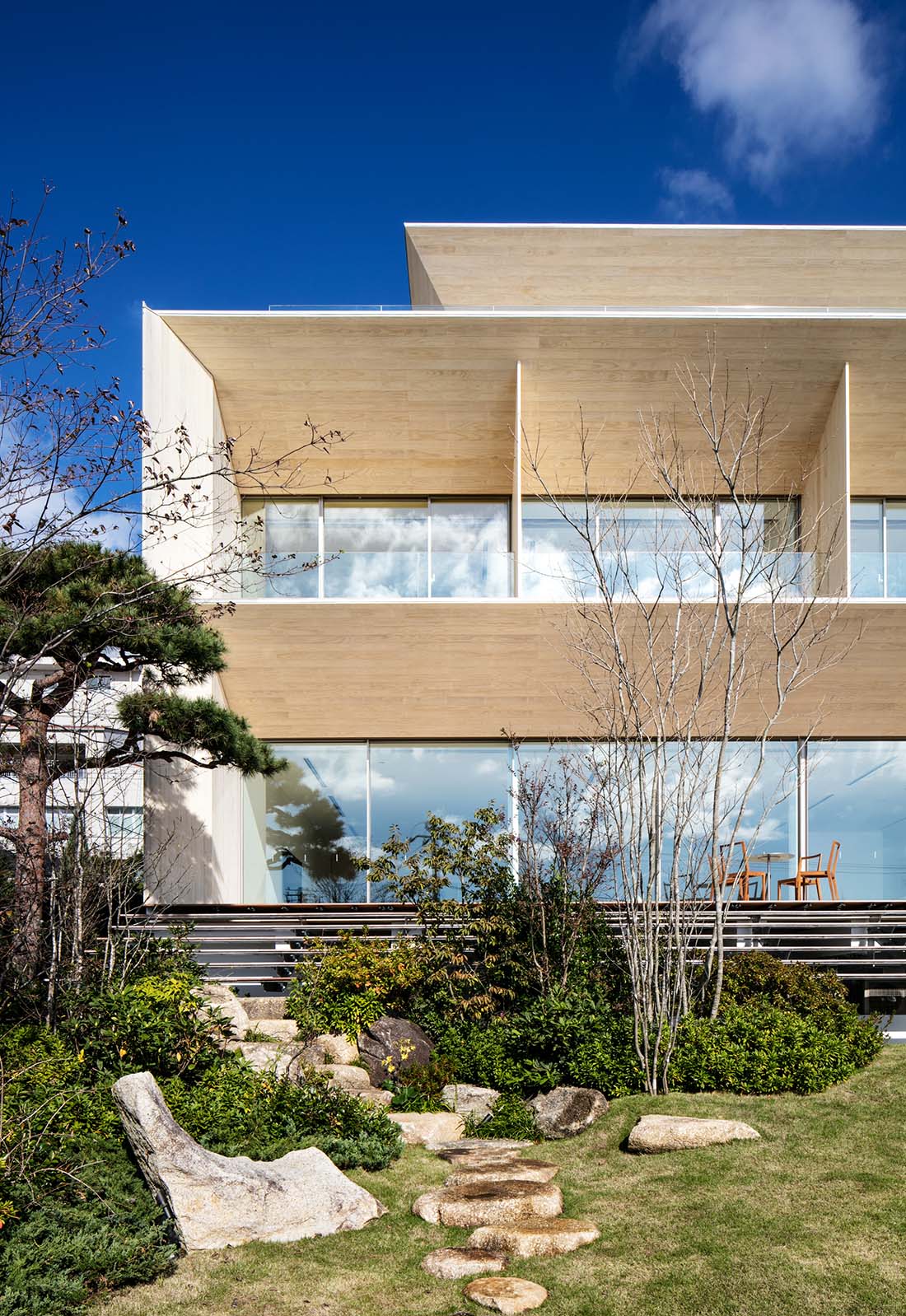
© Photography by Kawasumi・Kobayashi Kenji Photograph Office
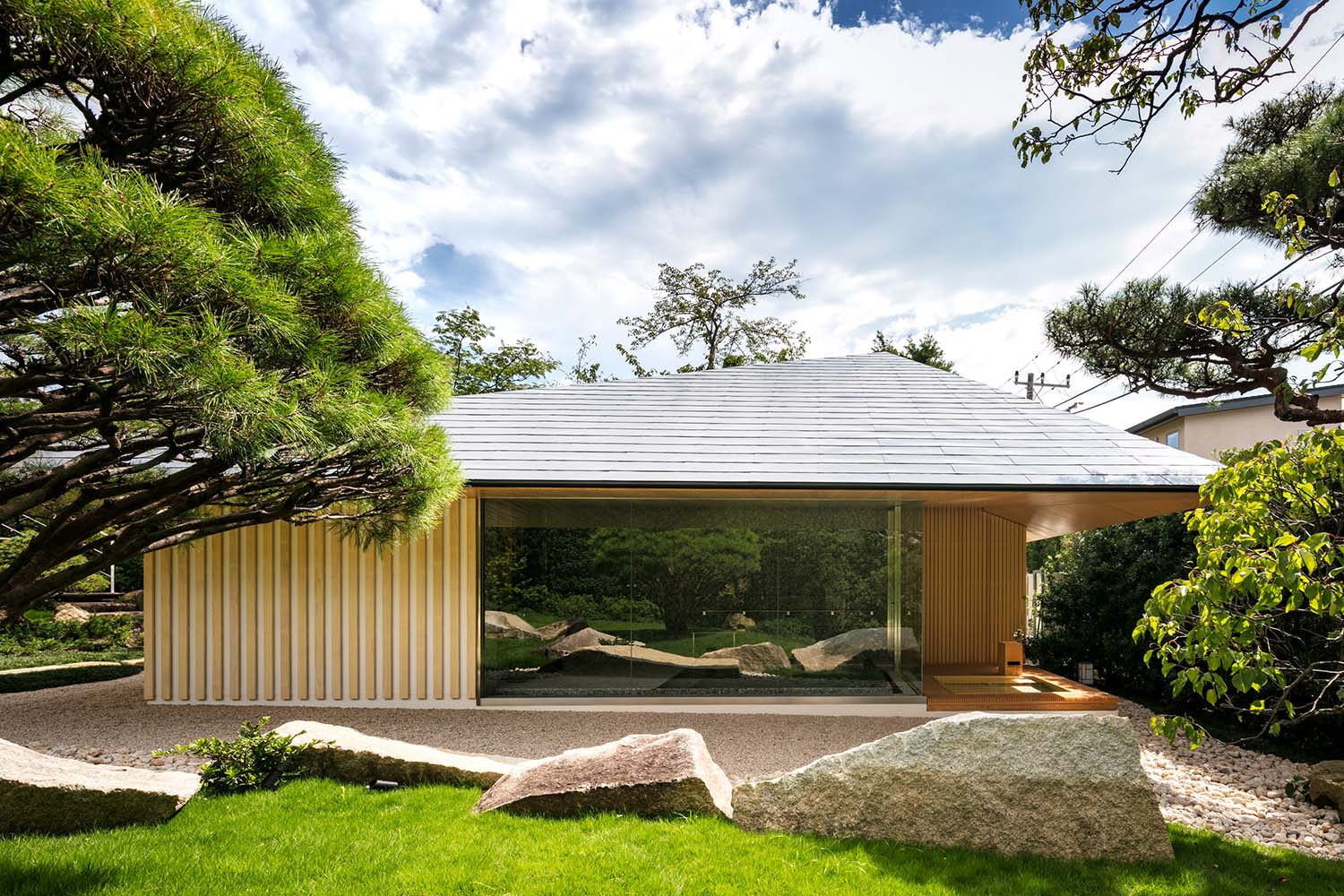
© Photography by Kawasumi・Kobayashi Kenji Photograph Office
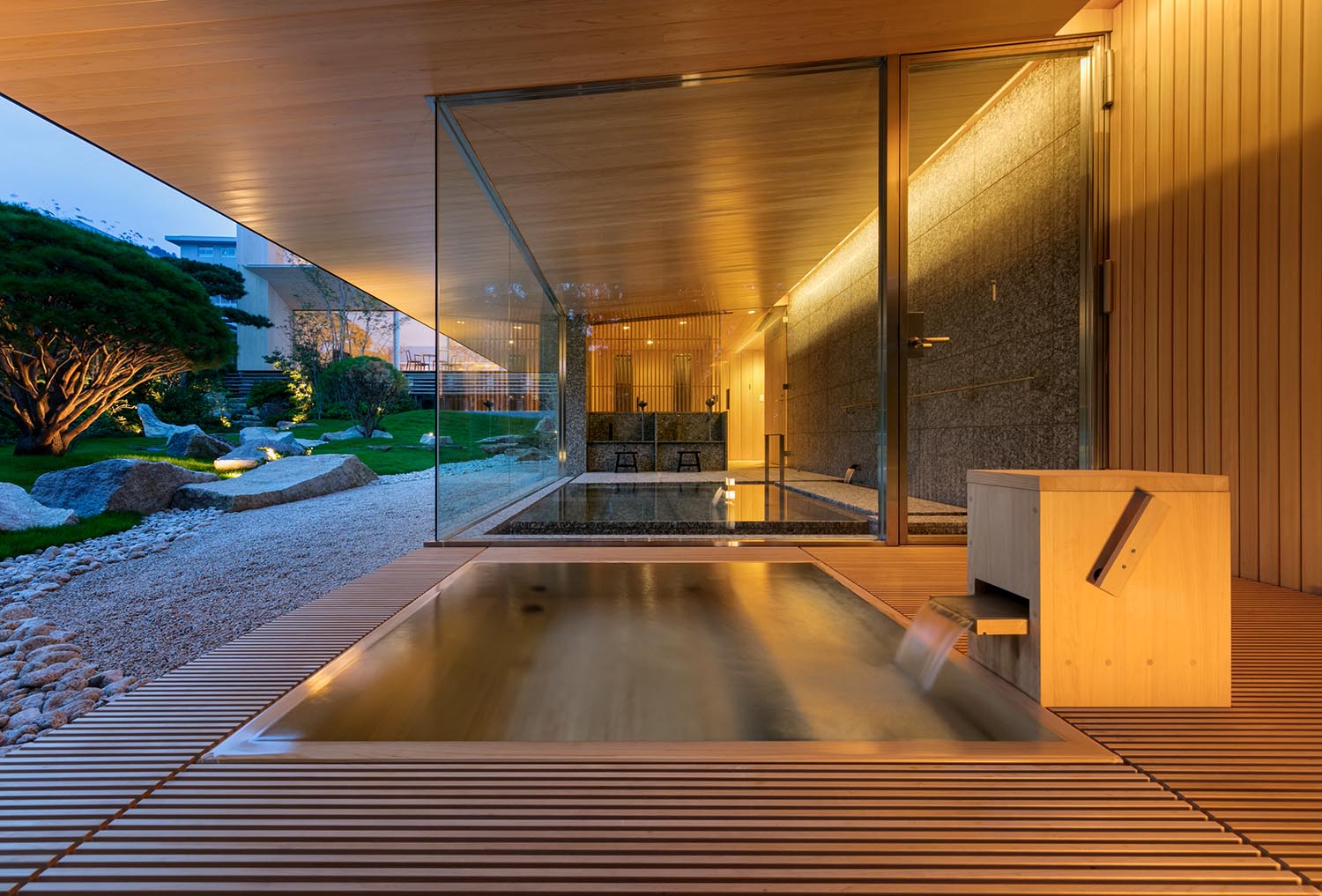
© Photography by Kawasumi・Kobayashi Kenji Photograph Office
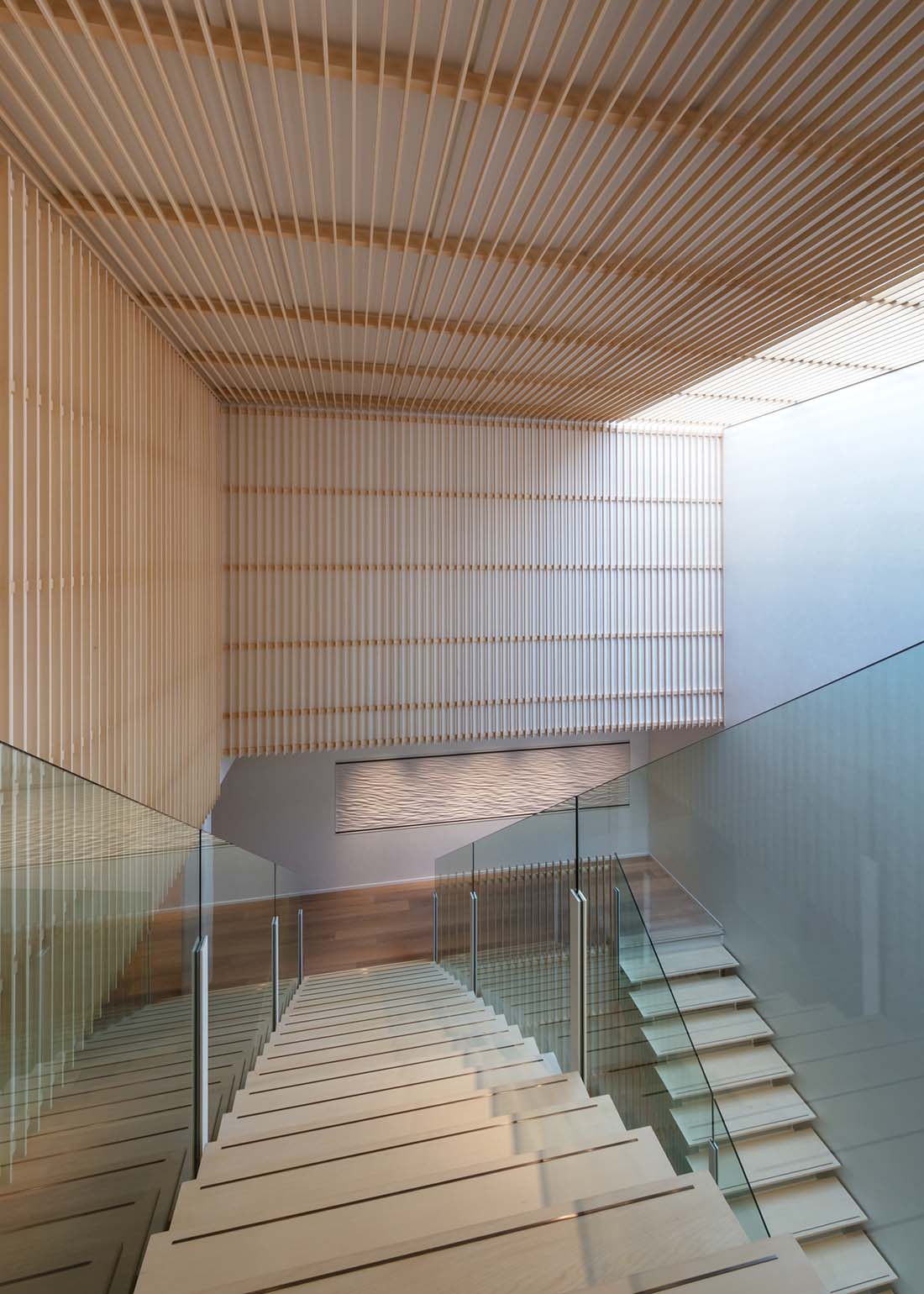
© Photography by Kawasumi・Kobayashi Kenji Photograph Office
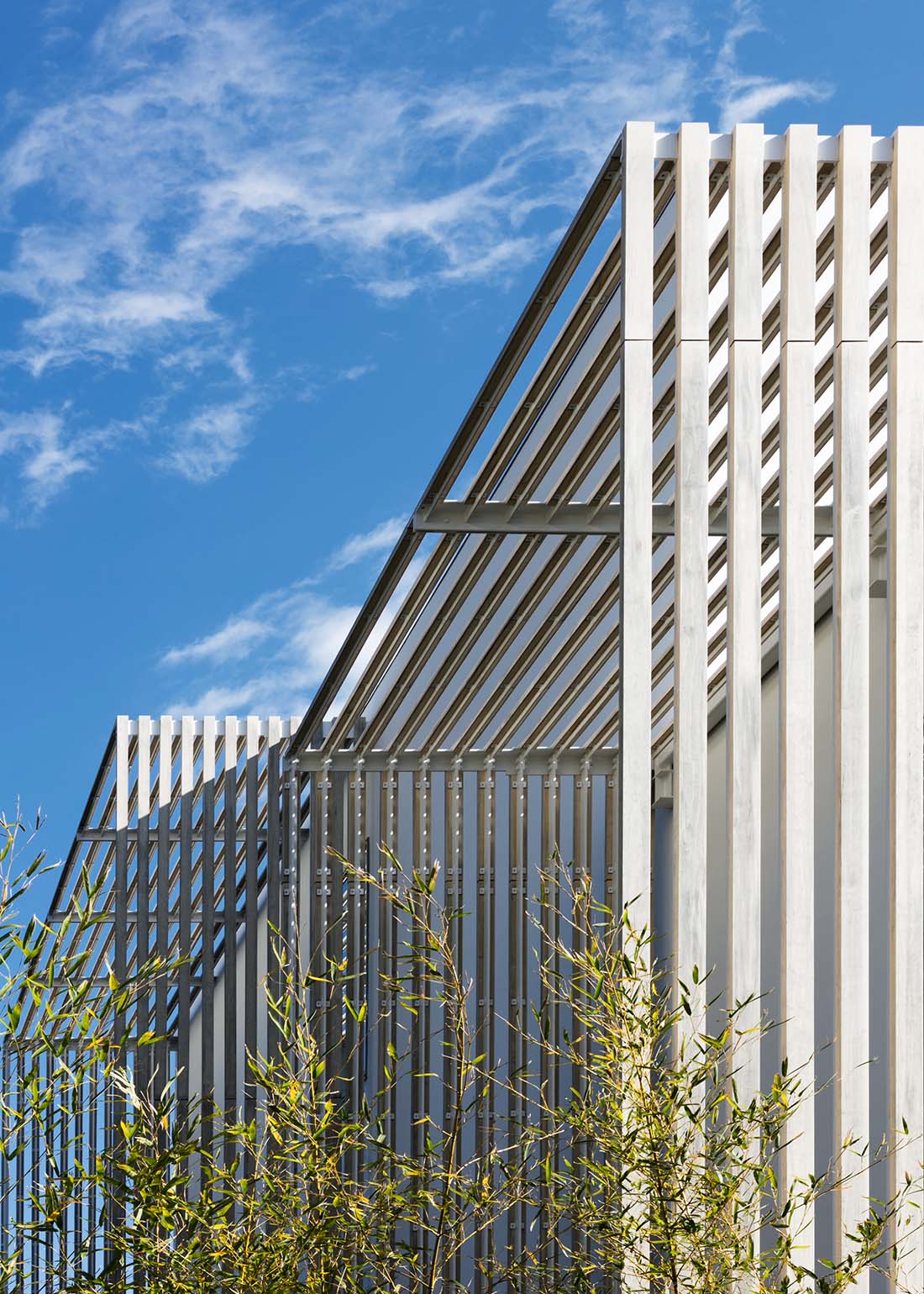
© Photography by Kawasumi・Kobayashi Kenji Photograph Office
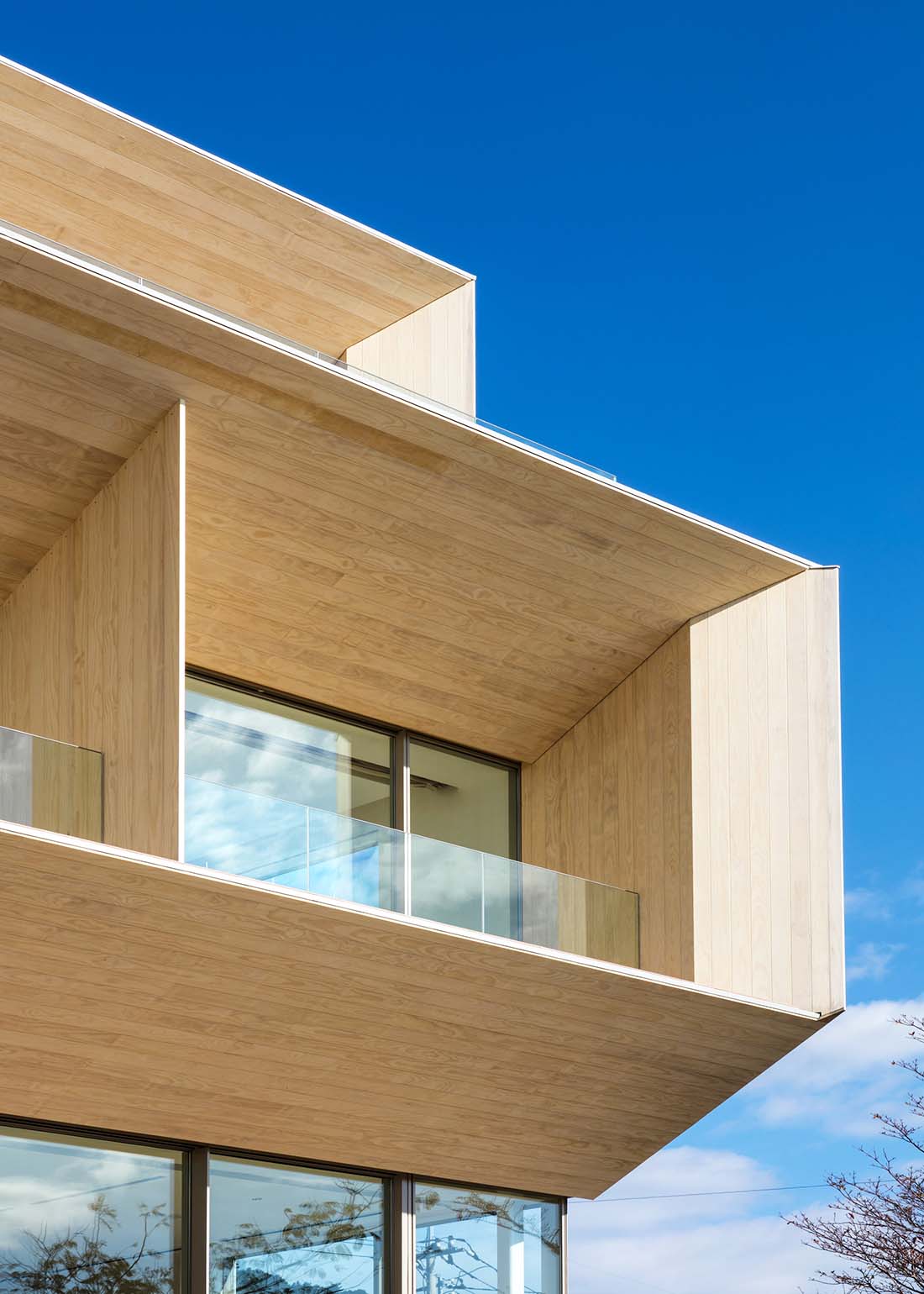
© Photography by Kawasumi・Kobayashi Kenji Photograph Office
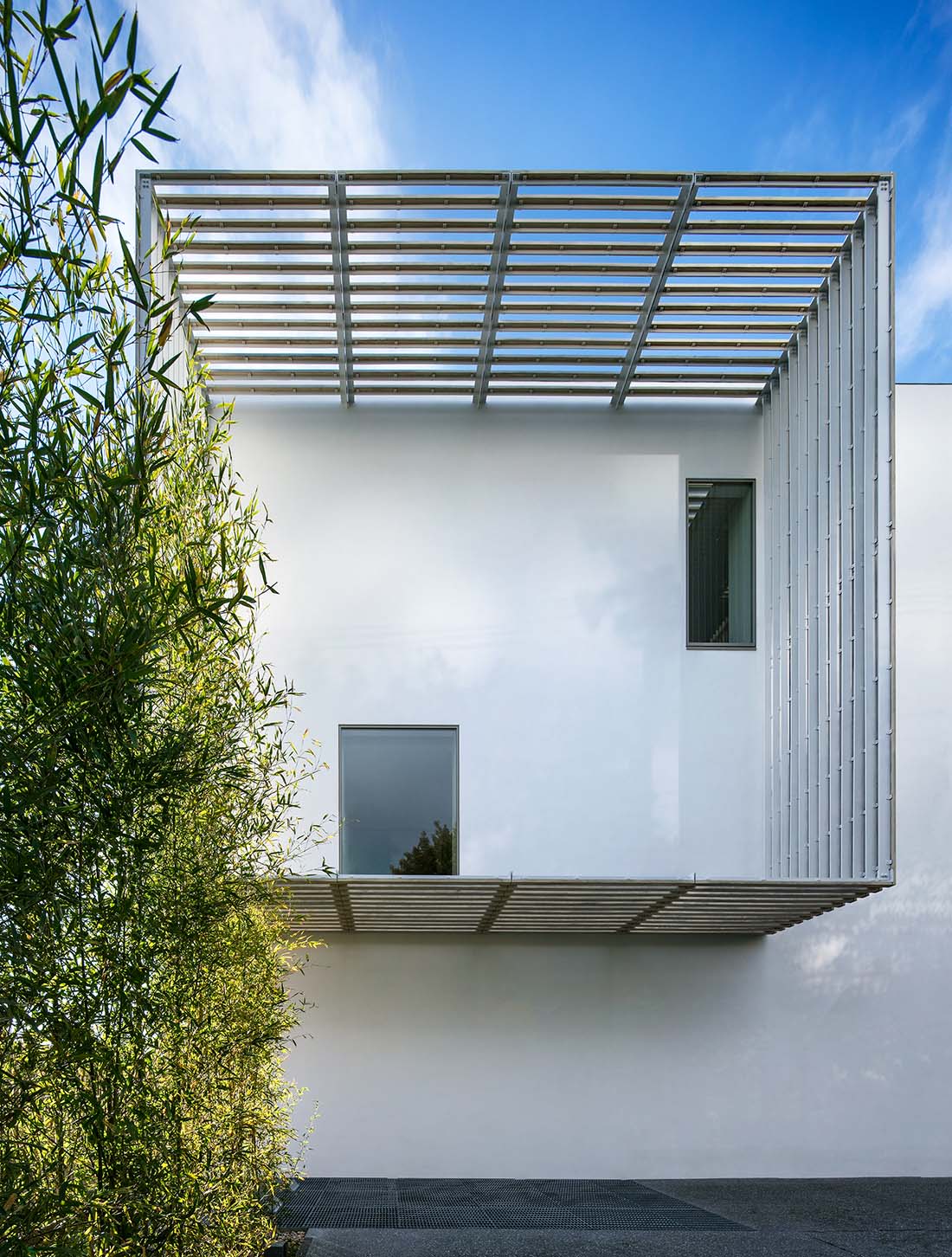
© Photography by Kawasumi・Kobayashi Kenji Photograph Office
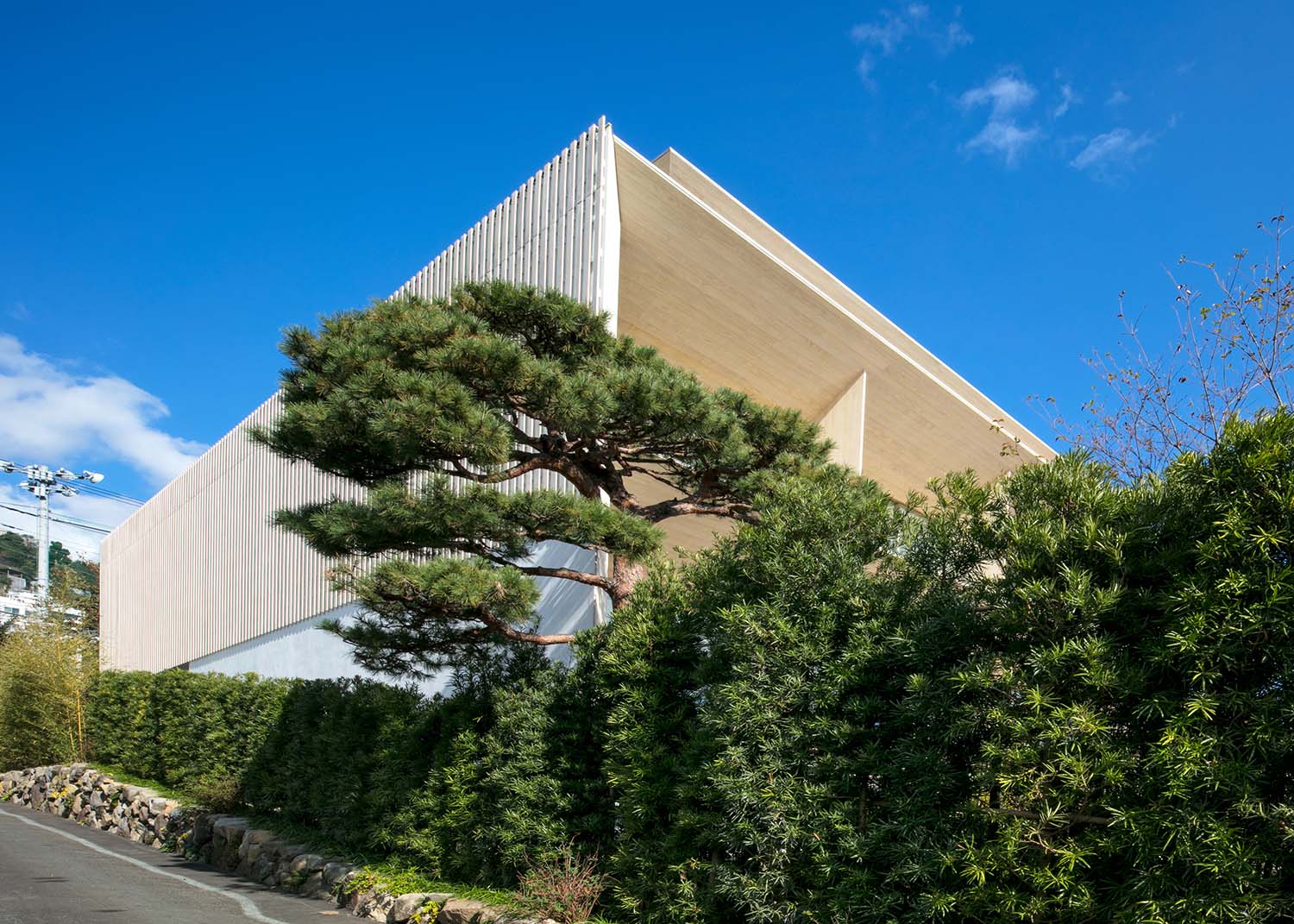
© Photography by Kawasumi・Kobayashi Kenji Photograph Office
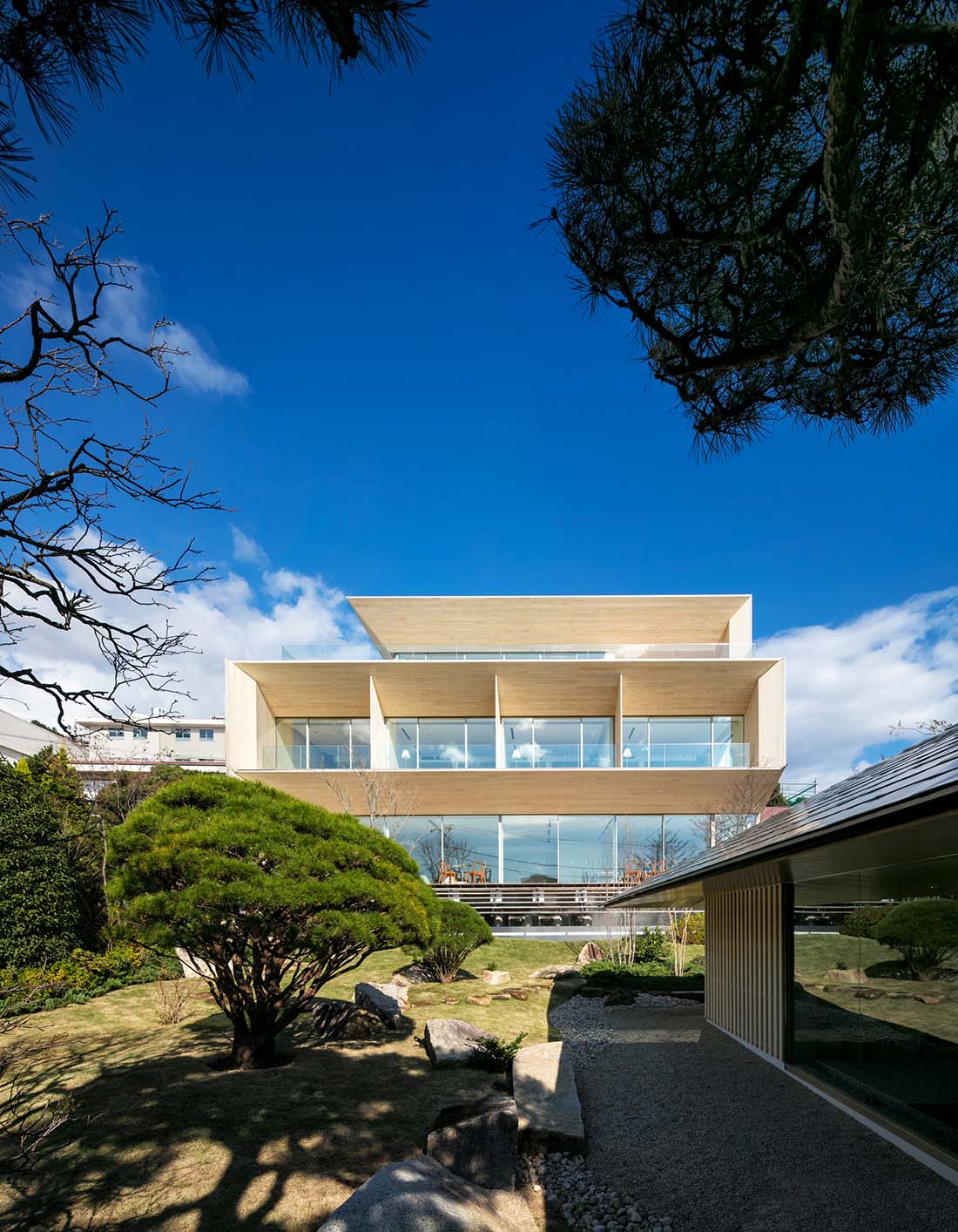
© Photography by Kawasumi・Kobayashi Kenji Photograph Office
TRENDING
-
The Tattoos that Marked the Criminals of the Edo Period
Traditional tattoos were strong signifiers; murderers had head tattoos, while theft might result in an arm tattoo.

-
Paris, Tokyo: Robert Compagnon
With his co-chef and talented wife, Jessica Yang, Robert Compagnon opened one of the top new restaurants in Paris: Le Rigmarole.
 3:31
3:31 -
The Story of Sada Yacco, the Geisha who Bewitched Europe
Described by Dazed magazine as the first beauty influencer, she has been restored to her former glory since 2019.

-
Ito Jakuchu's Naturalist Paintings
From 15 September until 14 October 2018, the Petit Palais showcased the artist's iconic ‘Images of the Colourful Realm of Living Beings’.

-
Chiharu Shiota, Red Threads of the Soul
Last year, more than 660,000 people visited the retrospective 'Chiharu Shiota: The Soul Trembles' exhibit at the Mori Art Museum.





